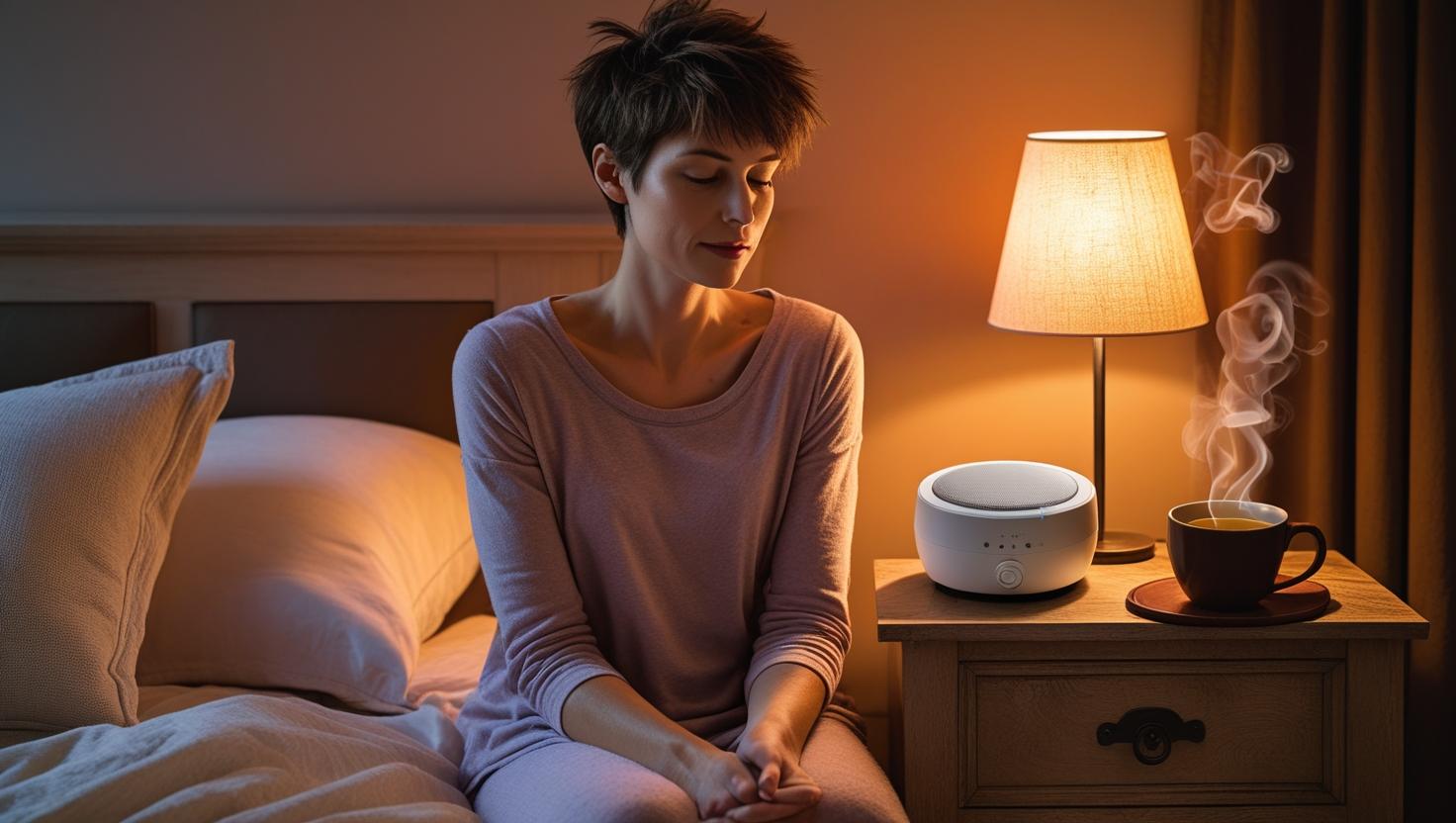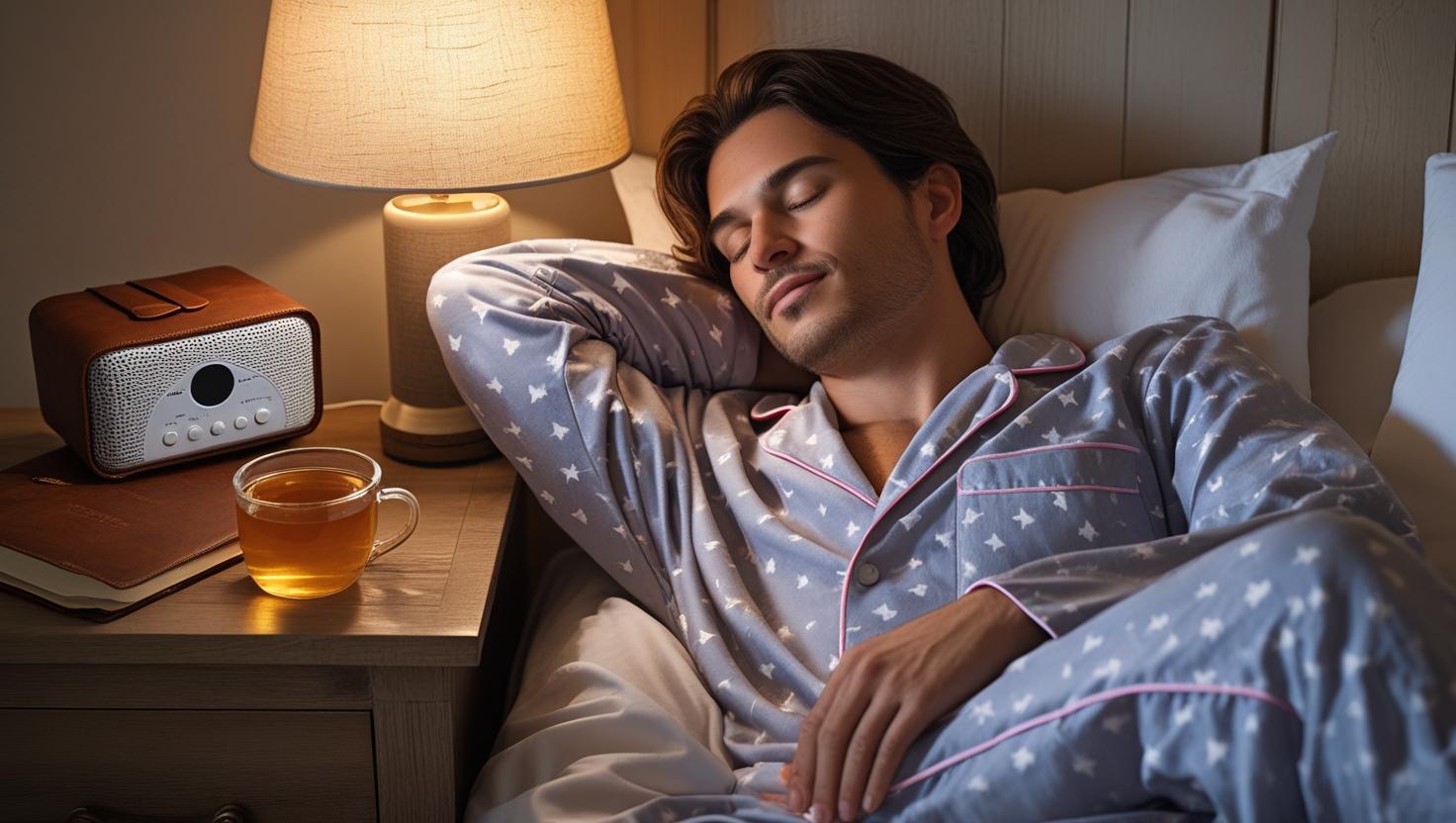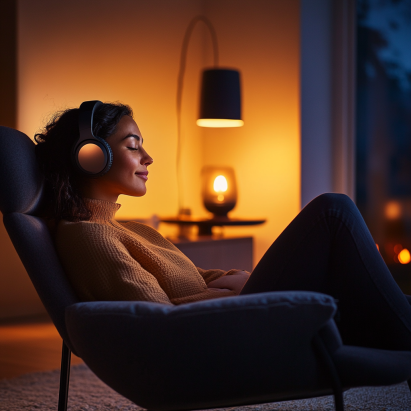Managing Sound Sensitivity
If everyday noises leave you drained or on edge, learning about Managing Sound Sensitivity can change your life—this guide dives into proven strategies, expert-backed tools, and practical tips designed to ease auditory overwhelm and bring back your calm.
Key Takeaways
- Managing Sound Sensitivity turns triggering noise into manageable background.
- Coping strategies include soundproofing, high-fidelity earplugs, CBT, and sound therapy.
- Creating a personal “quiet zone” and using noise‑canceling gear offer immediate relief.
- Long-term improvements often come through therapy, OT, and lifestyle adjustments.
- Professional assessment is key when everyday sounds impact work, relationships, or wellbeing.
What Is Managing Sound Sensitivity?
Managing Sound Sensitivity refers to recognizing an over-response to sound and taking steps to reduce its impact on daily life. This condition spans
sensory processing disorders, misophonia, hyperacusis, and overlap with conditions like ASD or ADHD. When not managed, amplified everyday noises—like typing, traffic, or chatter—can affect mood, productivity, and relationships.

How Common Are Sound Sensitivity Issues?
Many underestimate how widespread sound sensitivity really is. Studies suggest up to 20% of adults report heightened sound distress. Conditions like hyperacusis alone affect nearly 8–9% of the population according to NIH research NIDCD data. Understanding that you’re not alone is the first step in managing sound sensitivity.
Why Sounds Feel Overwhelming: Triggers & Causes
- Volume hypersensitivity (hyperacusis): normal sounds feel painfully loud.
- Trigger-specific reactions (misophonia): anger or anxiety at chewing, tapping.
- Neurological differences in ASD or ADHD amplify sensory inputs.
- Stress and trauma lower tolerance—excess cortisol impacts sensory thresholds.
These often overlap—someone with ASD may have misophonia and hyperacusis together. Identifying triggers is crucial in your path toward managing sound sensitivity. If auditory overwhelm is interfering with sleep, consider how customizable bed bases might help reduce nighttime restlessness.

Signs to Watch For
- Racing heart or fight‑or‑flight response around certain noises.
- Physical discomfort—ear pain, headaches.
- Difficulty focusing in noisy settings.
- Avoidance of social environments or work situations due to sound.
Building Your Sound Sanctuary at Home
1. Soundproofing Made Simple
Strategically adding rugs, heavy curtains, wall panels, and soft furnishings reduces echo and ambient noise. For targeted silence, consider draft‑stopping doors or plug-in weather‑stripping.
2. Embrace Soft Background Sound
Use white noise machines or nature-sound playlists (as explored here) to create a neutral sonic cushion—one that masks jarring noises without annoyance.
3. Dedicated Quiet Zones
Designate one room—or even a reading corner—as your quiet refuge. Add pillows, plants, low-level lamps, and an accessible headphone station to create sanctuary-style calm. For whole-body relaxation, consider how adjustable sleep systems can reduce physical tension linked to sensory overwhelm.
Gear That Helps: Headphones & Earplugs
Noise-Canceling Headphones
Active noise-canceling headphones are lifesavers in busy environments—airports, open offices, or loud cafes. Paired with soothing playlists or focused work music, they act as a mental reset button.

High-Fidelity Earplugs Explained
These aren’t your basic foam plugs. They use passive acoustic filters to lower volume evenly across frequencies—maintaining speech clarity while filtering noise. Brands you’ll find useful include stylish & effective options from Loop, Vibes, and Knops.
- Loop: 27 dB and interchangeable filters.
- Vibes: 22 dB, sleek look, multiple sizes.
- Knops: Highest NRR (~30 dB), offers adjustable volume.
Coping Techniques: Mental & Emotional Tools
1. Cognitive Behavioral Therapy (CBT)
CBT helps reshape emotional responses to triggers. Through exposure techniques, mental reframing, and coping tools, CBT plays a key role in effective managing sound sensitivity.
2. Sound Therapy and Desensitization
Structured exposure to low‑level trigger sounds can train your brain to respond less intensely. Programs often use calibrated tones, pink noise, or customized auditory patterns to build tolerance. For inspiration, read about real-life success in Adrienne Smith’s story of healing through sound frequencies or explore how different frequencies impact healing at Donovan Health. You can also learn more about techniques in this comprehensive guide to sound healing from Ekhart Yoga.
3. Relaxation & Stress-Reduction Practices
Daily meditation, diaphragmatic breathing, yoga, progressive muscle relaxation, or tai chi strengthen emotional resilience—interrupting the sound → stress cycle. Pairing these techniques with a supportive adjustable bed can ease physical discomfort linked to tension.

4. Occupational Therapy (OT)
OT specialists help integrate practical solutions—schedule shifts, workspace modifications, noise‑friendly routines—equipping daily life for better coping.
Professional Treatment Options
Cognitive Behavioral Therapy (CBT)
CBT is usually delivered in 12–16 sessions. It focuses on reframing conditioned emotional reactions to sounds and teaching coping tools. Numerous studies—from Sleep Foundation research—show its effectiveness in reducing stress and sound-induced distress.
Sound Therapy
Often guided by audiologists, sound therapy uses auditory stimulation to recalibrate sensory thresholds. Devices offer controlled noise exposure to “rewire” how the brain processes sound.
High-Fidelity Earplugs
Compared to foam plugs, these provide 20–30 dB reduction without muffling speech—best for daily wear especially in work or classroom environments.
Medication (Supplemental)
Only in severe cases, medications like SSRIs or anxiolytics might be prescribed to manage related anxiety—but this is typically adjunctive, not first-line.
The Role of Occupational Noise Prevention
If your job involves machinery, open‑plan offices, or loud environments, employers should offer protection—like earmuffs, earplugs, and safe decibel guidelines. Supplement workplace gear with personal high-fidelity plugs to support long‑term auditory health. At home, adjustable beds for couples can offer individualized comfort that supports better nighttime recovery.
Support Networks & Community Resources
You’re not alone. Online forums, misophonia and hyperacusis groups, and social media communities offer peer support and shared tips:
- Reddit’s r/misophonia—“trigger tracking helps me predict and prepare for tough days.”
- Local ASD or ADHD support groups often include members who manage sound sensitivity.
- Occupational therapy groups can share practical tools and home-adjustment ideas.
Frequently Asked Questions (FAQ)
- What is the difference between hyperacusis and misophonia?
- Hyperacusis means volume‑based sensitivity—sounds physically hurt. Misophonia is a selective emotional response, triggered by specific noises like chewing or pen clicking.
- Can sound sensitivity improve over time?
- Yes—many find meaningful improvement through therapy, sound training, and repeated exposure. Others maintain benefits with ongoing coping tools.
- Are high-fidelity earplugs safe?
- Absolutely. Designed for daily wear, they reduce volume without muffling sound—unlike foam, they preserve clarity and are built for repeated use.
- When should I see a professional?
- If auditory overwhelm affects work, relationships, or emotional health, consult an audiologist, therapist, or occupational specialist experienced in sensory issues.
- Does medication cure sound sensitivity?
- Medication isn’t a standalone cure—it may ease anxiety or sleep issues, but should accompany therapy and coping tools for best outcomes.
Managing Sound Sensitivity is a personalized journey. Whether through a calm sound sanctuary, skilled therapy, supportive tools, or community support, reclaiming auditory peace is entirely possible. With purposeful steps and patience, this condition becomes a manageable and even empowering part of life.

Explore more on cozy sleep tools like white noise machines, create a restful retreat in your bedroom, and check our guides on bedroom decor for better sleep and relaxation techniques at bedtime to complement your sound sensitivity toolkit.
Find more in-depth medical guidance from trusted sources such as the Mayo Clinic or Architectural Digest for room-sound design tips.













